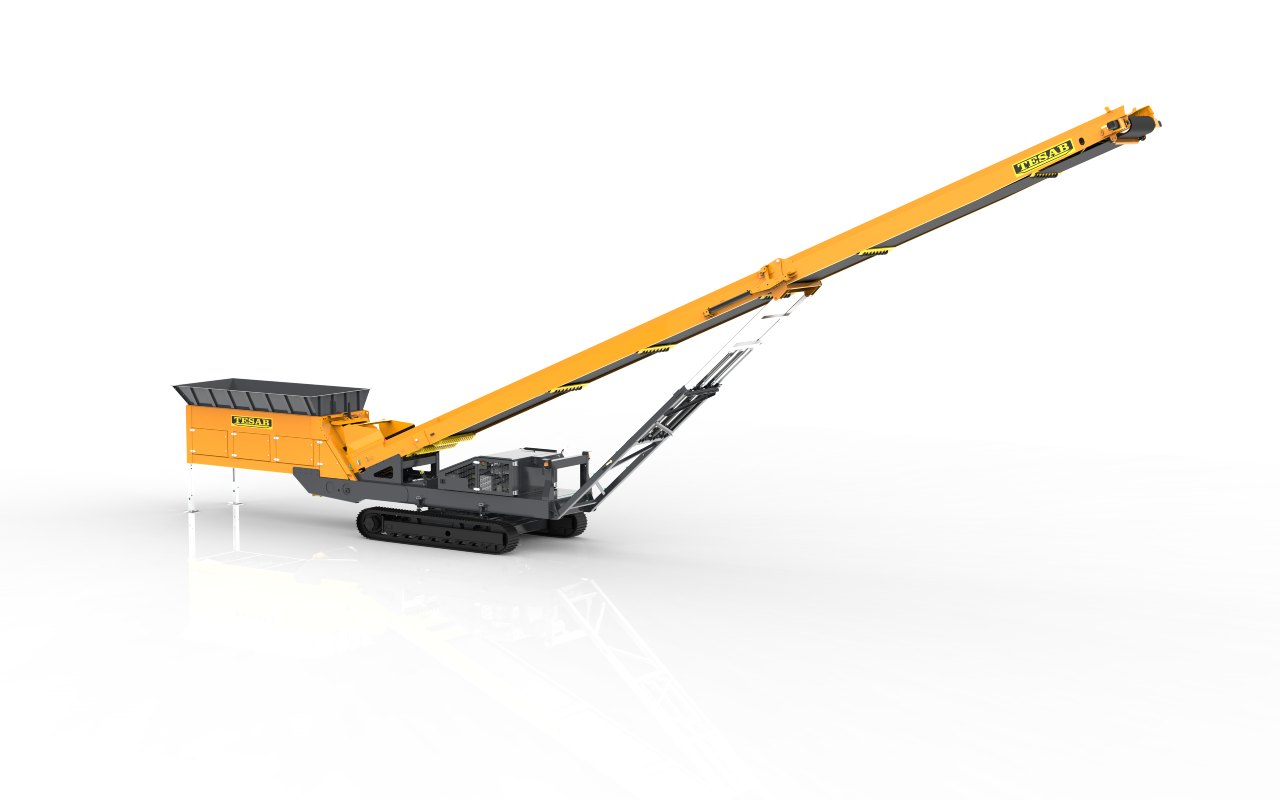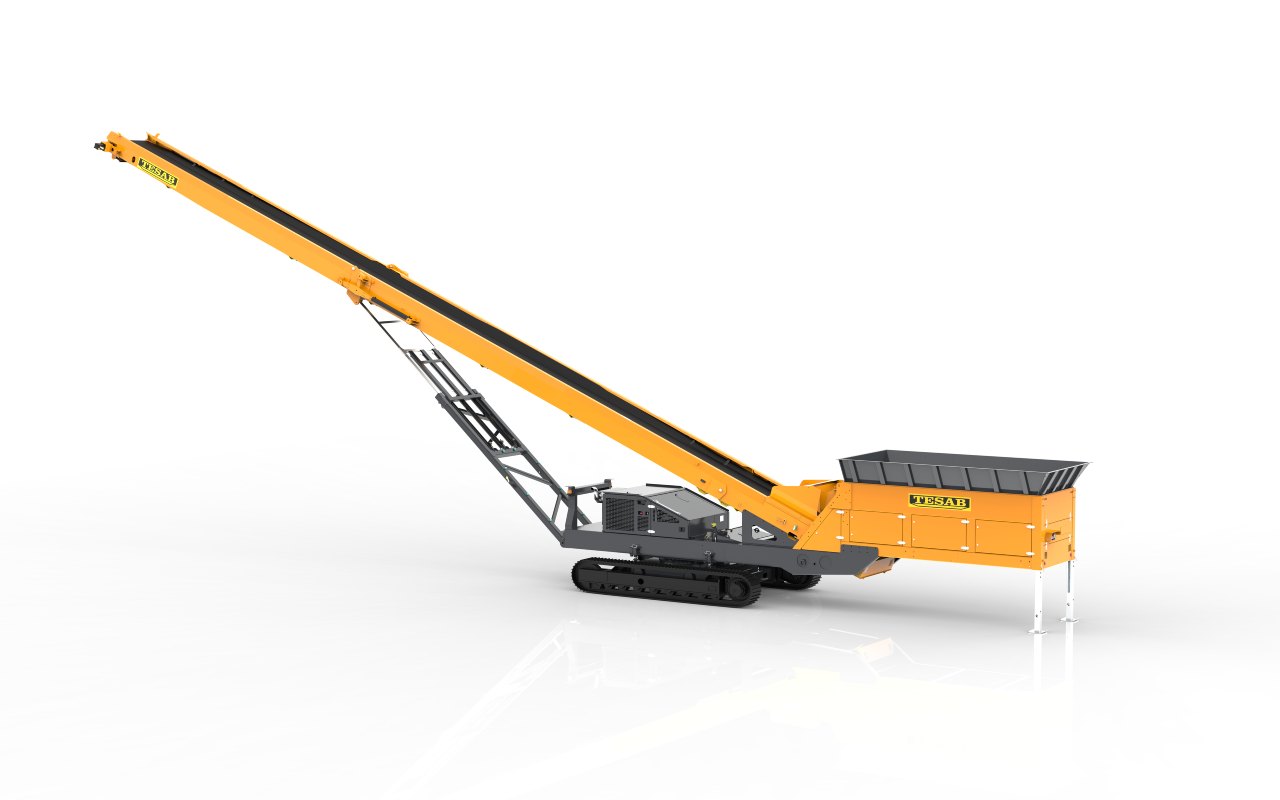5040SF Feeder Stacker | Rokbro
- 40” (1000 mm) wide heavy-duty conveyor
- Hydraulic folding heading section for transport minimizing setup time
- Hydraulically adjustable discharge height up to 6.5m
- 3.5m tracks for superior maneuverability and stability
- Fuel e cient Hydraulics system
- User Friendly Hydraulic Controls
 Engine
74Hp CAT
Engine
74Hp CAT Weight
14,500kg approx.
Weight
14,500kg approx.  Hopper Capacity
6m3 (8 yd3 )
Hopper Capacity
6m3 (8 yd3 )  Max. Production Rate
550 TPH (500 metric TPH)
Max. Production Rate
550 TPH (500 metric TPH)

MACHINE BENEFITS
A primary crusher with superior shaping ability, the R5 Impact Crusher fills a variety of roles using just one piece of equipment. The R5’s built in pre-screen’s, post-screens and recirculation conveyor ensures maximum product quality and throughput.
A primary crusher with superior shaping ability, the R5 Impact Crusher fills a variety of roles using just one piece of equipment. The R5’s built in pre-screen’s, post-screens and recirculation conveyor ensures maximum product quality and throughput.
A primary crusher with superior shaping ability, the R5 Impact Crusher fills a variety of roles using just one piece of equipment. The R5’s built in pre-screen’s, post-screens and recirculation conveyor ensures maximum product quality and throughput.
A primary crusher with superior shaping ability, the R5 Impact Crusher fills a variety of roles using just one piece of equipment. The R5’s built in pre-screen’s, post-screens and recirculation conveyor ensures maximum product quality and throughput.
